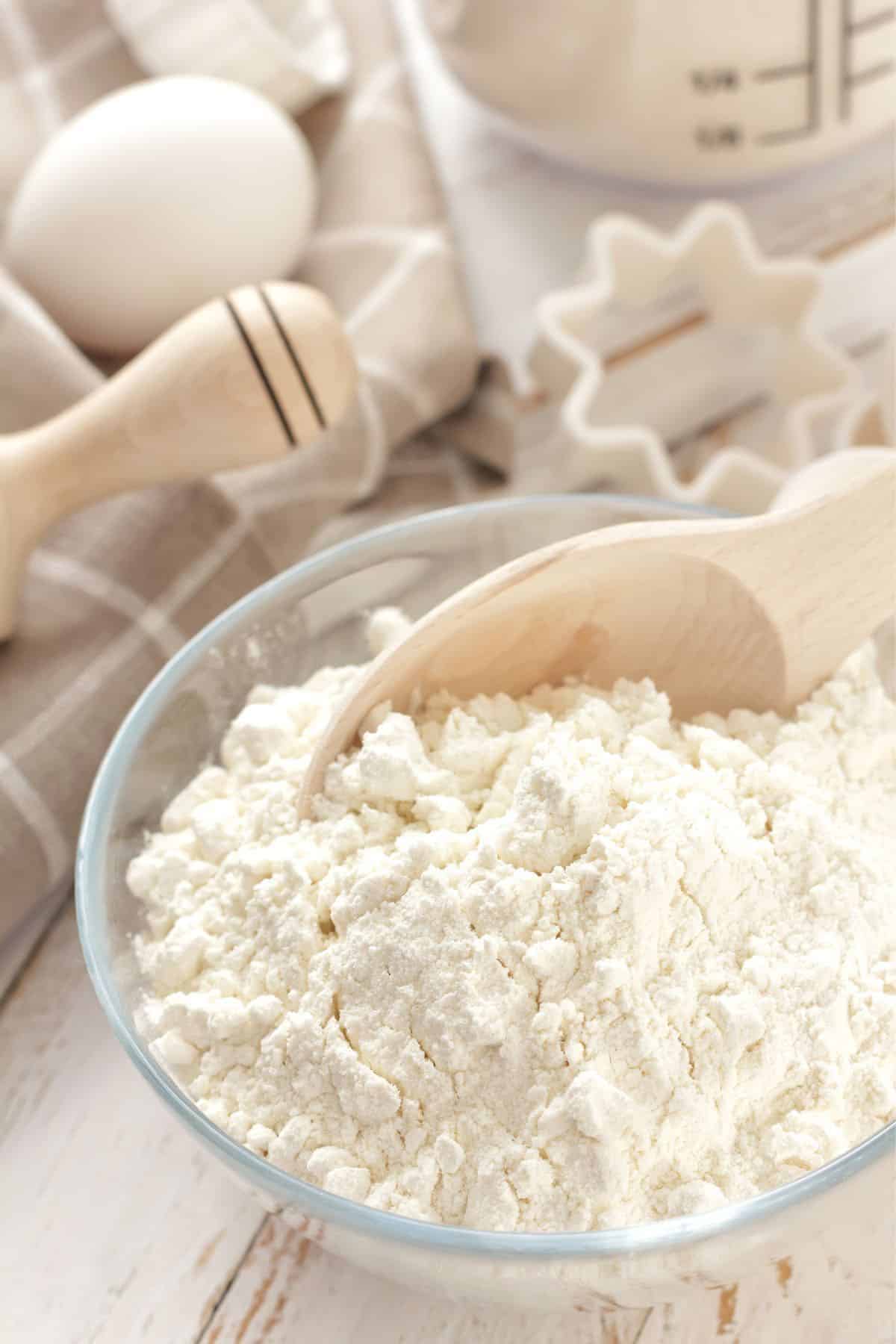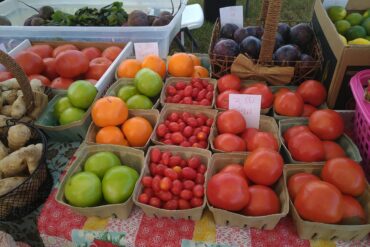Is Plain Flour the Same as All-Purpose Flour? A Parent’s Guide to Baking Essentials!
Hey there, fantastic parents and guardians! Are you ready to unravel the mysteries of flour in the kitchen? I bet you’ve been there, standing in the baking aisle, pondering if plain flour and all-purpose flour are just two peas in a pod or if they’re different characters in the baking story. So, let’s embark on a delightful journey to sift through the facts and make your next baking adventure a piece of cake! ?
First things first, let’s talk about what flour is. It’s the ground-up grain that gives structure to our baked goods. When the kids are clamoring for cookies or you’re up for some late-night baking therapy, reaching for the right flour is crucial. Here’s where the great flour debate begins…
Understanding Flour Basics
Flour comes from grinding down wheat (usually, but not always!). The key components we care about are protein content and gluten formation. These factors determine how your dough behaves and what your end product will be like.
What’s the Deal with Protein Content?
Simply put, the protein content in flour decides how much gluten forms when it meets water. More protein equals more gluten, which leads to chewier textures like in bread. Less protein means tender, crumbly goods, like cake. It’s like choosing the right kind of blocks for your kid’s dream play fort – structure is everything!
But let’s not tiptoe around the star of our show:
Plain Flour vs. All-Purpose Flour
Is plain flour the same as all-purpose flour? Drumroll, please! ? The short and sweet answer is: yes, mostly! In many regions, including the UK and Australia, plain flour is what’s commonly known as all-purpose flour in North America. So if you’re juggling diapers and measuring cups in the US or Canada, ‘all-purpose flour’ is your go-to flour for virtually everything.
The name gives it away – all-purpose flour is versatile. It usually has a middle-of-the-road protein content (around 10-12%) that makes it a jack-of-all-trades in the kitchen. It’s dependable for a wide range of goodies – from fluffy pancakes for Sunday breakfast to that thickening agent in your secret-family-recipe gravy.
But before you go replacing flours willy-nilly, it’s crucial to remember that while the terms may be used interchangeably in many places, different brands and types of all-purpose and plain flour can have slight variations in protein content. This could affect the texture of your culinary creations.
Tips for Using All-Purpose Flour
- Measure Right: Ensure your measurements are spot on. A kitchen scale is a parent’s best friend for consistent results (because we all know consistency is somewhat of a dream when it comes to parenting!). If you don’t have a scale, the spoon-and-level method is the next best thing.
- Know Your Brands: Different brands may have slight differences, so if you find one that works well for you, stick to it for the best results.
- Substitutions: While all-purpose flour is flexible, for some recipes, like those delicate sponges, you might want to opt for a specific type of flour for texture perfection.
Now that we’ve sifted through the basic differences between plain flour and all-purpose flour, let’s get into more of the ‘kneady’-gritty. Are you ready to level up your baking game and learn a few more pro-tips? Onward we go – we’re just getting started on this flour-filled adventure that’ll transform how you bake with and for your little ones!
Remember, the best baking memories aren’t just about perfect outcomes; they’re about the fun and love you stir into the mix. Next, we’ll dive a bit deeper into flour varieties, and I’ll share some sensational ways to include the kiddos in the kitchen when using plain or all-purpose flour. Sit tight; more delicious (and informative!) content is just a whisk away…

5 Things Parents Should Know: Plain Flour and All-Purpose Flour
1. Nutritional Aspects of Plain and All-Purpose Flour
When it comes to nutrition, it’s important to be aware that plain and all-purpose flour are quite similar. They’re both made from wheat and contain carbs and protein. However, the nutritional value can be slightly altered based on whether the flour is bleached or unbleached, enriched with added vitamins and minerals, or if it’s whole-wheat flour for extra fiber. Knowing this helps you make informed decisions on what goes into your family’s meals.
2. Shelf Life and Proper Storage
Flour can keep for quite a while if you store it correctly. You want to keep it in a cool, dark place to prevent it from going rancid. If you buy in bulk or don’t bake often, consider storing your flour in the fridge or freezer to extend its shelf life even more. Just make sure it’s well-sealed to protect it from moisture and odors – nobody wants onion-scented cupcakes!
3. Identifying the Right Flour for Your Recipe
Yes, plain flour and all-purpose flour can often be used interchangeably, but not all recipes are created equal. If a recipe specifically calls for a particular type of flour, there might be a good reason. For example, bread flour has more protein, perfect for chewy bread textures, while cake flour has less, ideal for soft, tender cakes. Getting to know your flours can elevate your baking from good to great.
4. The Science of Baking With Kids
Baking is not only a pleasurable activity but also a fantastic way to teach kids about science. Measuring ingredients, observing chemical reactions, and seeing physical changes all contribute to their understanding of the world. Plus, they get to enjoy tasty treats as a result of their ‘experiments’ – talk about sweet education!
5. Making Baking Fun and Educational
Turn baking sessions into fun learning experiences. Let children measure out the flour to practice math skills. Use the time to discuss where flour comes from or how it transforms with heat and other ingredients. Encourage creativity by letting them decorate or choose flavors. These moments can foster a love for cooking and create heartwarming family memories.
Overall, the world of flours is full of discovery and, as you’ve learned, plain flour and all-purpose flour are indeed very similar. However, slight differences in handling, measuring, and protein content can impact your final masterpiece. With these tips and a sprinkle of patience, you’re now better prepared to handle any recipe that comes your way.
As we continue our comprehensive guide, take these insights like a spoonful of your favorite cookie dough – savored and full of potential. Whether you’re a beginner or a seasoned baker, knowing the ins and outs of your flours will not only improve your baked goods but also bring a lot more joy to the process. So strap on your aprons, preheat those ovens, and let’s get ready to bake with confidence!
Now, let’s roll up our sleeves, preheat the oven, and get set for more tips and tricks that will turn your kitchen into a delight factory! The next section will cover different flour substitutes, how to involve your kids in a way that fosters growth and learning, and some irresistibly tasty recipes to get you started on your home-baking journey. Keep those mixing bowls handy – your adventure in flours is just beginning, and the aroma of homemade baked goods will soon fill the air.
For more great articles please see here. For more information see here
Disclaimer
The articles available via our website provide general information only and we strongly urge readers to exercise caution and conduct their own thorough research and fact-checking. The information presented should not be taken as absolute truth, and, to the maximum extent permitted by law, we will not be held liable for any inaccuracies or errors in the content. It is essential for individuals to independently verify and validate the information before making any decisions or taking any actions based on the articles.




